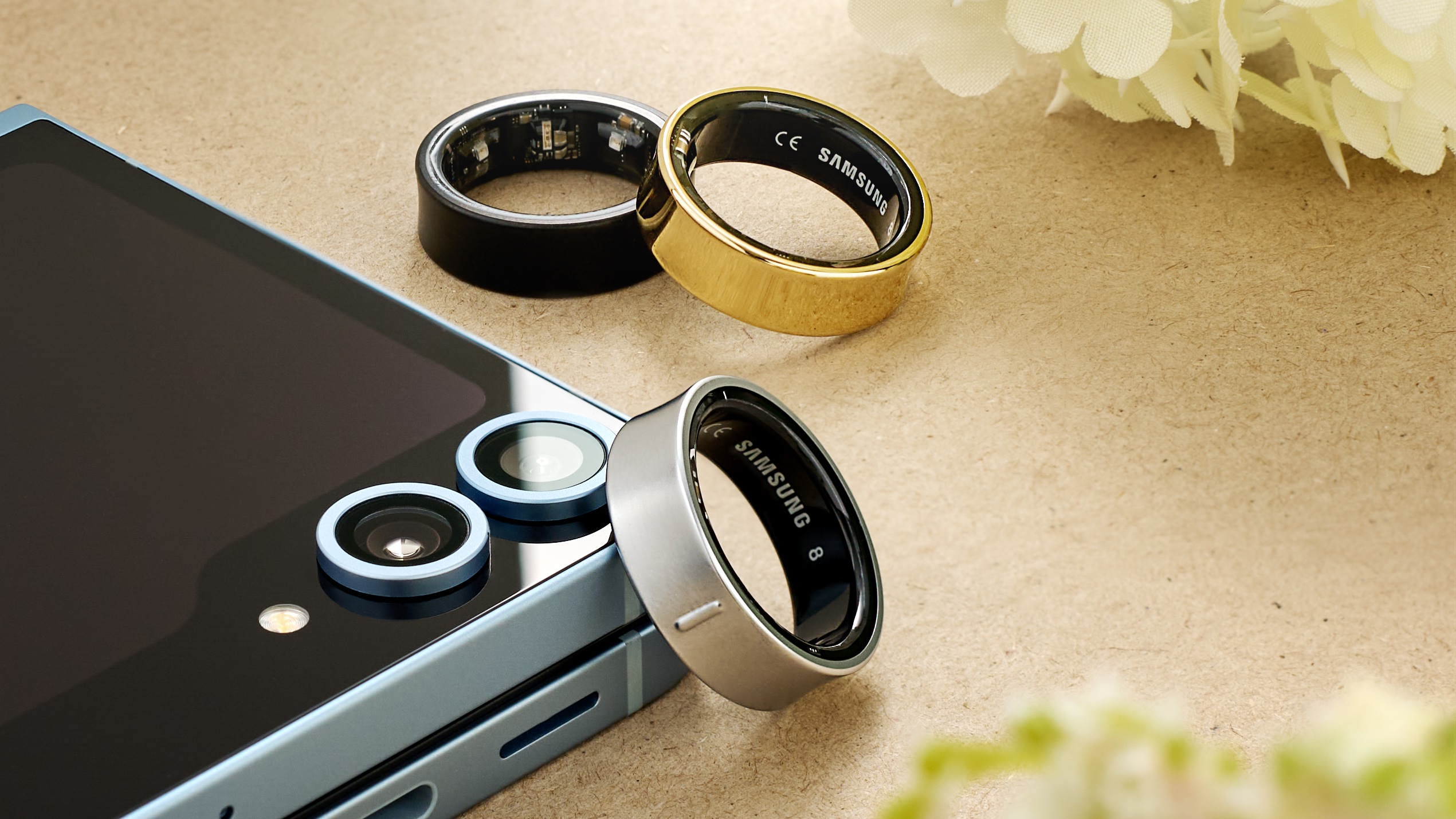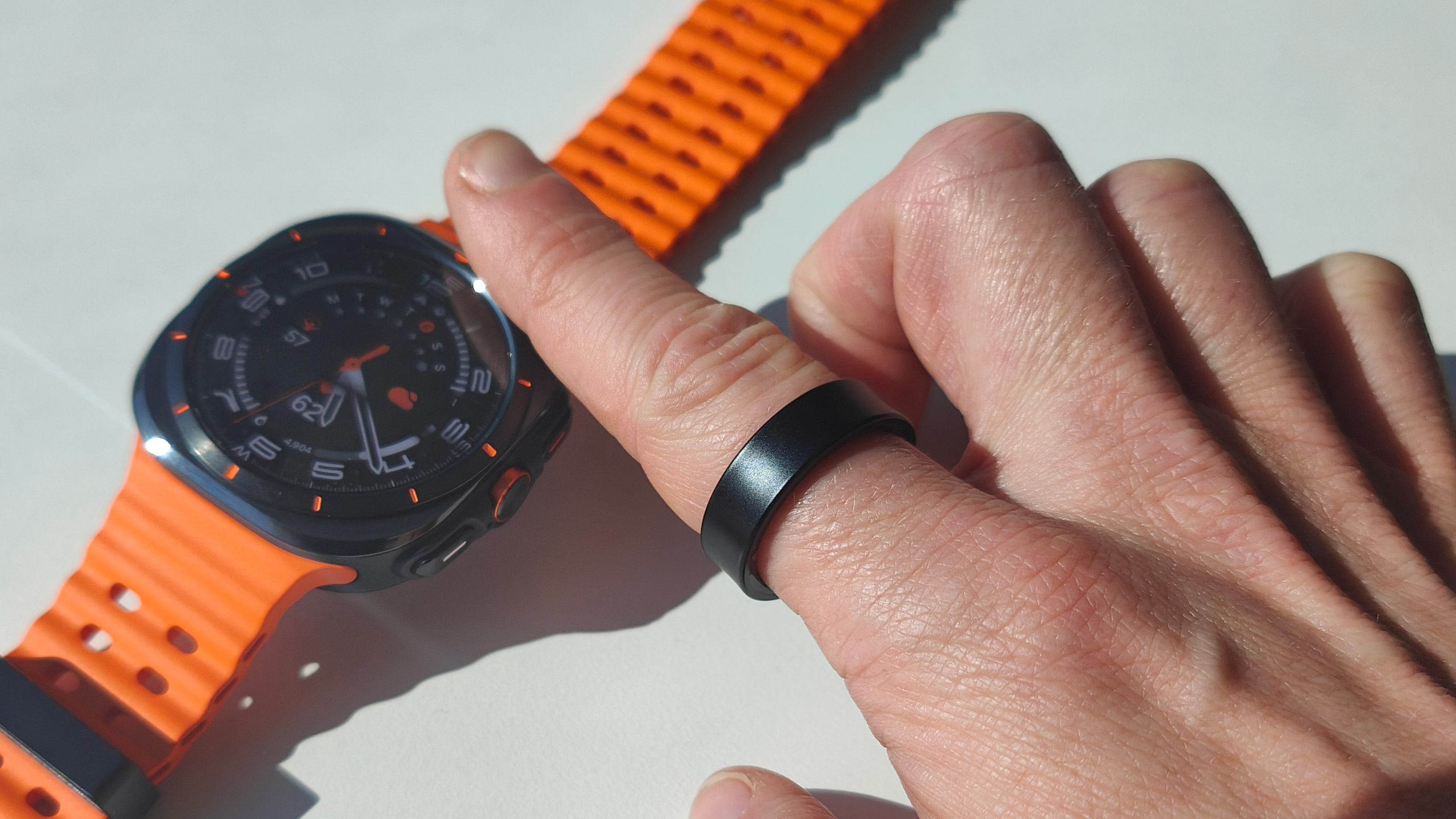
Someone had to buckle first. While tech companies around the world have been making the best smartwatches with consistent performance improvements under the hood with each generation, aesthetically, nobody’s really taken any risks. Every year, the best Apple Watch, Pixel Watch, Samsung Galaxy Watch etc. looks the same as the one before it, and although the performance improvements are great, wearables fans have been crying out for a radical change in design direction.
Enter the Samsung Galaxy Ring, which managed to take Samsung’s existing health technology infrastructure, both hardware and software, and miniaturize it to fit into a whole new form factor. Up until now, the best smart rings were the province of start-ups like Oura and Ultrahuman, with the highest-profile offering being the Oura Ring. But Samsung was the first major tech company to take a risk and release a smart ring, winning our TechRadar Choice Awards 2024 gong for Health & Fitness Product of the Year.
The Samsung Galaxy Watch line already gave Samsung a terrific start when it came to sleep tracking, activity monitoring and sensors to keep an eye on heart rate, skin temperature, blood oxygen and more. The algorithms and sleep profiles (or “chronotypes” to use the scientific term) came with actionable advice to help improve your sleep, and while this can be banal, everyday tips you can find anywhere (try setting and sticking to a bedtime, try turning off screens before sleep, yadda yadda) chronotypes allow for genuinely personal insight into your habits.

Combined with Samsung’s automatic activity tracking, logging by itself when you’re out for a walk or run, the Galaxy Watch infrastructure was perfect for a smaller wearable: all Samsung had to do was squeeze those into a ring, and make sure the ring could sync up with the already-existing Samsung Health app via Bluetooth.
Without a screen, the Samsung Galaxy Ring is a set-and-forget passive tracker, like all smart rings so far, so the battery doesn’t have a lot to do in terms of power output or interaction: just enough to keep the sensors and Bluetooth connection running. Without much power output from a relatively small 18 - 23.5mAh battery, this allows the ring to last up for a week, which is perfect for sleep tracking.
The end result was a rousing success by all metrics. I really enjoyed wearing it, and I gave it 4.5 stars in my Samsung Galaxy Ring review. I said “Samsung's first-generation Galaxy Ring is this year's wearable to get, if you can stomach the high price point”. However, even that comment has aged well: it’s also subscription-free, unlike Oura, so even though it’s a premium product (costing a hefty $400 / £400 / AU$699 for such a tiny device), it’s a winner from a value point of view.
It’s ideal for health data nerds, athletes interested in recovery, and Android users looking for a top-of-the-range activity tracker. It also became a sales hit, and we have no doubts that a Galaxy Ring 2 is already in the works. It’s a landmark moment in wearable technology history, and our health and fitness product of the year for 2024.







